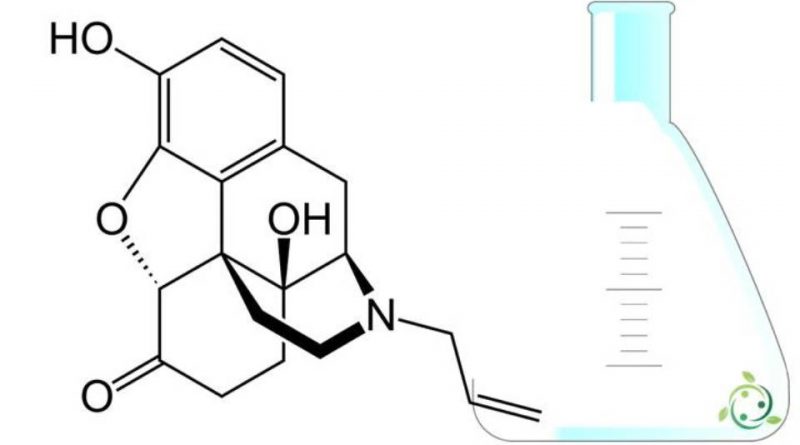Naloxone
Naloxone
Naloxone, whose term in the official IUPAC nomenclature is: (5 R 9 R, 13 S, 14 S) -17-allyl-3, 14-dihydroxy-4, 5-epoxymorfinan-6-one, is a synthetic alkaloid .
Naloxone has a brute or molecular formula: C19H21NO4 and is a drug marketed under the name of Narcan and used to block the effects of opioids, particularly in cases of respiratory depression.
Naloxone is, in fact, a narcotic drug which acts by reversing the effects of other narcotics according to mechanisms not yet fully defined; it is thought to antagonize their effect by competing with them for binding to the same opioid receptors.
Naloxone is administered exclusively by medical personnel via intramuscular injections, under the skin or directly into a vein.
If naloxone is administered intravenously, it works within a two-minute period, while intramuscularly it works within five minutes; it can, however, be inhaled.
The effects of naloxone last from half an hour to about an hour and multiple doses may be necessary, as the duration of action of most opioids is longer than that of naloxone.
Administration of naloxone in opioid-dependent individuals may cause withdrawal symptoms, including restlessness, agitation, nausea, vomiting, rapid heart rate and sweating.
To avoid this, small spaced doses are given until the desired effect is achieved. It can also worsen the heart problems of patients who have heart disease or who are taking medications that negatively affect the heart.
After the administration of this drug it is good to consult a doctor immediately in case of:
– rash;
– Hives;
– Itch;
– respiratory difficulties;
– sense of tightness in the chest;
– swelling of the mouth, face, lips or tongue.
It is also good to follow some warnings so it is important to inform the doctor in case:
– of any allergies to the active ingredient, its excipients or any other drug or food;
– other medicines, herbal medicines and supplements that you are taking;
– in which you suffer (or have suffered) from heart disease, seizures, head trauma or brain tumors, drug or alcohol addiction;
– pregnant or breastfeeding.
Warning: The information shown is not medical advice and may not be accurate. The contents are for illustrative purposes only and do not replace medical advice.

